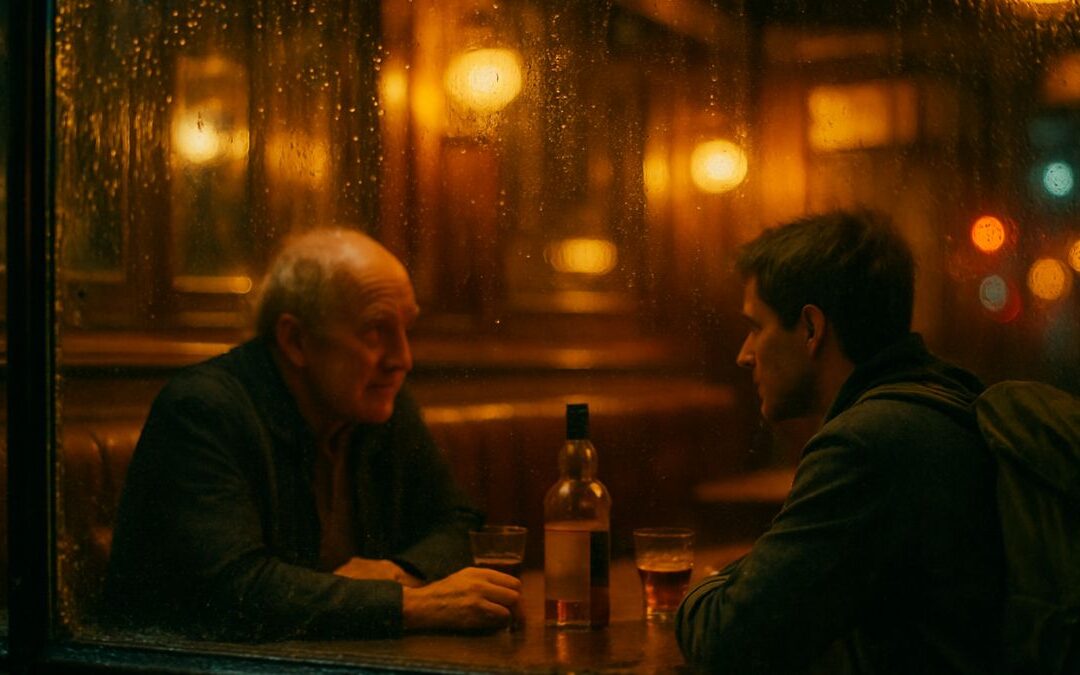Show Notes
Do you ever feel like you’re on autopilot when you make choices? Have you ever bought something and later wondered why? This week, we begin our journey into the hidden world of cognitive biases, exploring the invisible scripts that guide your decisions every day. We’ll find out why the first price you see is so powerful, why we stick with bad decisions, and how focusing only on success stories can lead us astray. Are your choices really your own? Let’s find out.
Short Story
Meet Sarah. She’s planning her dream vacation. A few days ago, a thrilling documentary about the wonders of Costa Rica aired, and now she can’t think of anywhere else she’d rather go (Availability Heuristic). She finds a package tour online for $2,500. It’s a bit more than she wanted to spend, but that price is now stuck in her head. Every other tour she sees, even a better one for $2,000, feels “cheap” and less appealing (Anchoring Bias). She books a non-refundable flight. A week later, her best friend announces she’s getting married on the same weekend. Instead of forfeiting the $300 flight to attend the wedding, Sarah decides she can’t let the money go to waste and sticks with her trip (Sunk Cost Fallacy). When booking a hotel, she chooses the same international chain she always uses, even though there are cheaper, better-rated local options, because it’s just “easier” (Status Quo Bias). Finally, she picks a local guide company that has five-star reviews, not realizing she’s only seeing the reviews for the companies that are still in business, not the dozens that have failed (Survivorship Bias). Sarah feels like she has rationally planned the perfect trip, but a series of biases has made every decision for her.
Explanation
In our story, Sarah’s decision-making was driven by a powerful set of mental shortcuts. Let’s break them down:
- Availability Heuristic: We begin with the documentary that made Costa Rica so “available” in her mind. We’ll explain that this bias makes us judge the likelihood of things based on how easily they come to mind, which is why recent or vivid information feels more important.
- Anchoring Bias: The first price Sarah saw, $2,500, became her “anchor”. We’ll discuss how this first piece of information powerfully influences all subsequent judgments and is a key factor in any negotiation.
- Sunk Cost Fallacy: Sarah’s refusal to lose the $300 for her flight, even at the cost of missing a major life event, is a classic example of this fallacy. We’ll explain that this is also called “escalation of commitment,” where we continue a course of action based on past investment rather than future value.
- Status Quo Bias: Sticking with her usual hotel chain shows a preference for the current state of affairs. We’ll discuss how we are wired to perceive change as a loss, which makes us resistant to new options, even if they’re better.
- Survivorship Bias: Finally, Sarah’s choice of a tour company was skewed because she only saw the “survivors”. We will explain this bias as the error of focusing on success stories while ignoring the failures, which gives us an overly optimistic view of reality.
Language Focus
- Vocabulary: Heuristic, anchor, to justify, status quo, to overestimate, to escalate, inevitable.
- Grammar: We’ll focus on Third Conditional sentences to talk about past decisions that could have been different. For example: “If Sarah hadn’t seen the documentary, she would have considered other destinations.”
- Speaking Skill: Practicing Negotiation. We’ll give you a tip for your next purchase: be the first one to make an offer. Research shows that making the first offer sets the anchor and often leads to a better outcome. We’ll role-play a short example.
- Writing Challenge: “The Decision Diary.” Think of a significant decision you’ve made recently (a purchase, a trip, a job change). Write 200-300 words analyzing your decision-making process. Try to identify at least one of the biases we discussed. How did it influence you? What might you have done differently if you had been aware of it?
Next Episode
So, the next time you make a snap decision, take a moment to ask yourself: Is this choice truly rational, or is a hidden bias pulling the strings? Join us next week as we move from the world of decision-making to the world of belief. We’ll explore why we cling to ideas that confirm what we already think and how we can see meaningful patterns in complete randomness. It’s a journey into how we build our own reality.










0 Comments